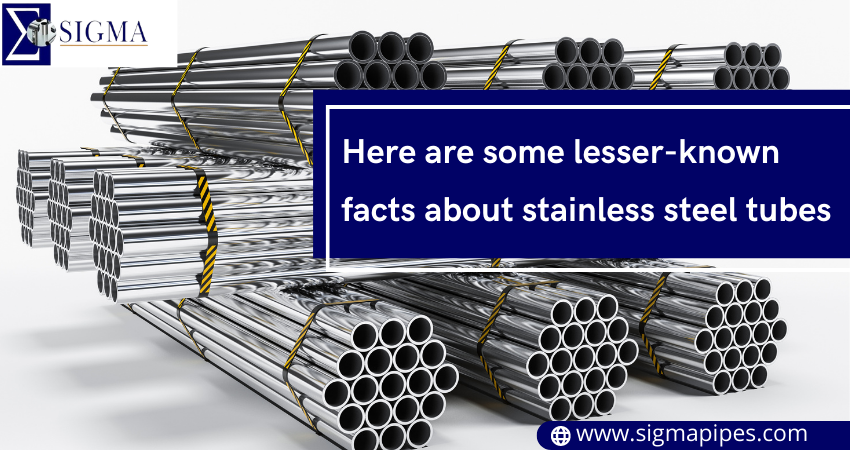The stainless steel industry has been around since the 1990s. There are a lot of places. Stainless Steel Pipes frequently appear in the household sector, so let’s see what makes this stainless steel unique.
Stainless steel facts
Heat and welding are useful methods of modifying Stainless steel 202 tubes to produce particular physical and chemical properties. The most recyclable material is steel. Slags, mill scales, and liquid processing industries use steel alloys to make slags. It’s also possible to use steelmaking dust and sludge to make zinc.
Carbon steel is less efficient than stainless steel due to its lower strength and mechanical qualities. Its composition of chromium, nickel, and molybdenum makes stainless steel tubing more resistant to corrosion than other metal tubes. Stainless Steel Pipes and Tubes have many uses due to their strength, flexibility, sturdiness, corrosion resistance, and low coefficient of friction.
The long life span of stainless steel tubes makes them less expensive to maintain over time. These materials are most useful in shipbuilding and marine applications. High-temperature resistance makes stainless steel excellent for nuclear and aircraft applications. Because steel is more resistant than other metals, it expands and contracts. Its high ductility allows it to form thin wires without losing its strength. Many stainless steel manufacturers offer wearable stainless steel mesh. Electricity and textile sectors often use stainless steel clothing since stainless steel is heat and radiation-resistant. As a result of varying alloy compositions and atomic arrangements, stainless steel divides into different groups.
Read Also – What Are The Best Ways To Choose Stainless Steel Pipes Suppliers?
Tubes are what are they?
The use of tubes is beneficial for transporting fluids and the protection of electrical and optical connections. The words “pipe” and “tube” are practically identical – a tube generally has more stringent technical standards than a pipe. In today’s world, fluid systems must meet higher demands than in the past. It is no longer acceptable to have leaks in factories as they qualify as harmful air emissions. While modern processes require higher pressures, flow rates, and temperatures, tube joining’s fundamentals haven’t changed much over time.
Tubes offer several advantages, including:
- Installing the tube requires only standard spanners since no special tools are needed to cut the threads.
- Tubes are easier to handle and bend due to their smaller wall portions.
- The tube requires no threading tolerance, so it is sufficiently thick without sacrificing its thinness.
- Despite this, gentle tube bends are more likely to suffer pressure drops than acute elbow bends due to disturbances and energy loss.
- A tube is a better option than a pipe whenever there are multiple connections, like in a plumbing system in a house.
- Joining pipes with glue is done through compression fittings and joints. Since it doesn’t require welding or glue, tubing doesn’t have joints or fittings.
- Instead, tubing connects using compression fitting, which involves placing the tube through a fitting without a joint and compressing the Stainless Steel Square Pipe. As a result, the bond is very strong and leaks cannot occur.
Read More – The 2 Best Stainless Steel Grades To Use For Railings
- Despite the higher cost of tube fittings, tubing is generally less expensive than pipe components. The reason is that systems are easier to install and remove and have a lower downtime.
- The use of tubes can solve the increasing complexity and strictness of industrial fluid systems. Transferring or transporting fluids through tubing has many advantages over pipes in industrial applications. As well as being easier to install, cheaper, and more effective, they are easier to use.
- It is the tube fittings that serve as unions. You can disassemble the device safely and straightforwardly when you disassemble it. As a result, maintenance is quick and hassle-free, because the seal is leak-tight. There is no need to separate consecutive lengths of tubes and fittings to remove a part.













